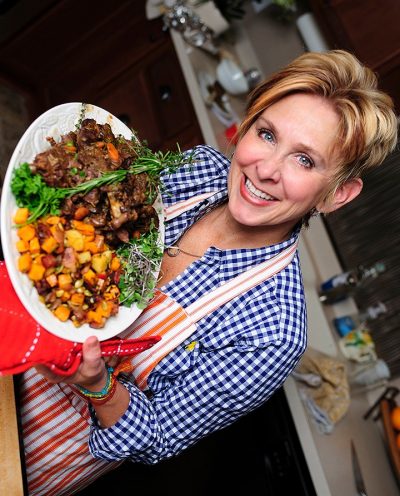Recipe: Alligator Sauce Piquante
Krissie Mason 03.14.18

“What we really need to do is preach the gospel of everyday cooks; the hard-working, passionate women and men not written about in culinary magazines. They cook up love in the kitchen day in and day out. They are keeping traditional dishes alive. Those are the people that need praise. Those are the people that need recognition. Without them, we risk losing two things: historic cuisine cooked with the bounty of locally sourced ingredients, and second, kitchen wisdom only earned from decades spent over the fire.”

Chef Cory Bahr, a Food Network “Chopped” champion, Food & Wine Magazine’s 2015 People’s Best New Chef, and a spokesman for the State of Louisiana, might as well have been speaking of Honey Brake camp cook, Chelly Cross. The eldest of three, Chelly is a died-in-the-wool Acadian. She possesses a dialect of thick, rhythmic linguistic heritage, an unpretentious Cajun culinary bloodline, a penchant for revelry, and eight freezers full of food because, she says, “. . . we like to eat good down here!”
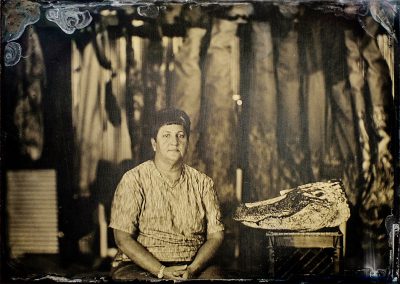
Cory and I caught up at a recent outdoor media event organized by the Professional Outdoor Media Association, (POMA). It was held at the world-class Honey Brake Lodge, Outfitters, and Gun Club near Jonesville, Louisiana. Now in its second year, POMA Vision’s Afield is the brainchild of President-elect Tony Bynum, and Executive Director, Kevin Orthman. The annual, invitation-only event brings together industry brands such as Voormi, (natural fiber-based high-performance clothing), Alps Outdoorz, Sitka Gear, Nissan Trucks, 2% for Conservation, Bergara, and Ducks Unlimited, with mad-skilled outdoor photographers such as Buzz Hayes, David Page, Tess Rousey, Nick Trehearne and Aaron Davis to name a few.

Along with a whole roast hog, smoky beans, crisp slaw with sweet heat, and an authentic crawfish boil, Bahr was there to serve up a healthy side dish of Louisiana hospitality. A charming native son, he shares that as a Louisianan, “. . . it’s a little different how we treat the table. It is the center of our universe. You learn early in life how to treat people with graciousness and a sense of hospitality. Cooking for people and bringing them to the table brings me a lot of joy.”
When asked about others he knew called to a similar kind of graciousness and hospitality, Bahr wrapped his arm around Chelly, who was tending a massive pot of alligator sauce piquante. He smiled large and said, “This is the one you’ve got to look out for right here!”
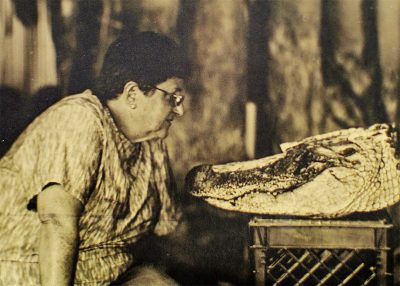
Chelly learned how to cook like many in the South: as a child observing and absorbing the folktales being written in the heart of the home. It was a room infused with the closeness of family, and permeated by the intoxicating aromas of pots full of food. In Chelly’s case, her gift for crafting three squares of authentic Cajun cuisine for one of the finest hunting lodges, outfitters and gun clubs in America was nurtured by a French grandmother with the surname Babineaux.
The Babineauxs were among the earliest Acadians to find refuge in Louisiana after their expulsion from Nova Scotia by the British in 1755. They settled in what was then the Attakapas District in southern Louisiana; one of 12 original parishes in the Territory of Orleans. The Acadians prospered in the region developing a rich agricultural economy and with it indigenous rustic Cajun cuisine.
For 20 years before Honey Brake Lodge, Chelly cooked meals for 50 oil riggers on an offshore platform in the Gulf. “Those 50 guys were like family,” Chelly said. “I loved cooking for those guys. Etouffe, jambalya, sauce piquante, lots of fresh seafood, beef brisket, and pig . . . that was just another day on the rig. I’d still be out there now if the oil field hadn’t gone down in 2015.”

But what was a loss for her offshore family of riggers, soon became boon for her adoptive family and guests at Honey Brake Lodge. To that I can attest!
“Most the time, I don’t measure nothing. I just add and taste. You got to feel your way through it. I love to cook for people, and I’ve been doin’ it so long my cookbook is in my head,” Chelly said. “But if you want my gator sauce piquant recipe, I’ll scribble something down.”
With liberties of my own, here’s the recipe inspired by Chelly’s cookbook:
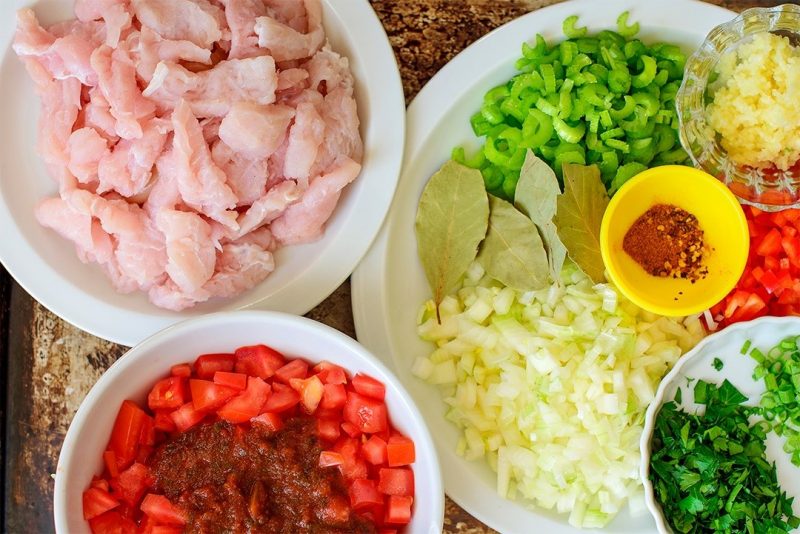
INGREDIENTS:
- 1 1/2 pounds alligator meat cut into small pieces (substitutions: shrimp, catfish, pork, chicken)
- 1/4 cup cooking oil
- 1 1/2 cups diced yellow onions
- 3/4 cup diced bell peppers
- 3/4 cup diced celery
- 1/2 teaspoon crushed red pepper flakes
- 1/4 teaspoon cayenne
- 4 bay leaves
- 3 tablespoons all-purpose flour, plus more for dredging alligator
- 3-4 cups seeded and chopped tomatoes
- 1 tablespoon minced garlic
- 3-4 cups chicken stock or broth
- 1/2 cup white wine
- 1 teaspoon Worcestershire sauce
- Hot pepper sauce
- 1 1/2 teaspoons Creole Seasoning
- Chopped green onions for garnish
- Chopped fresh flat-leaf parsley for garnish
- Cooked rice
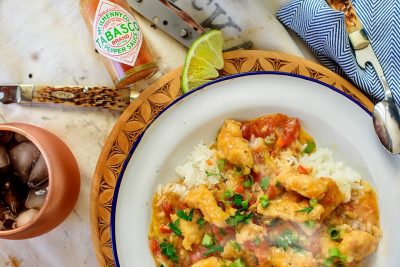
METHOD:
Heat oil in a Dutch oven over medium-high heat. Add onion, bell pepper, celery, bay leaves, and red pepper flakes and cayenne to taste. Cook until vegetables are soft.
Sprinkle with about 3 tablespoons flour and cook a couple minutes. Add tomatoes, tomato sauce, 3 to 4 cups of stock, and Worcestershire. Taste. Shake in some pepper sauce. Taste again and adjust if needed. Bring to a boil and then reduce to a simmer while you prepare the alligator. If the sauce is runny, simmer uncovered. If thicker, cover but leave lid slightly ajar.
Heat about 1/4 cup of oil in a cast-iron skillet of medium-high heat. Dredge gator in flour and sprinkle with creole seasoning. Add meat in batches and fry until golden. Drain on paper towel. Add gator to the sauce, add white wine to taste and simmer for a couple hours until meat is tender.
To serve, ladle meat and sauce over cooked white rice, garnish with sliced green onion, chopped flat leaf parsley, and extra pepper sauce.
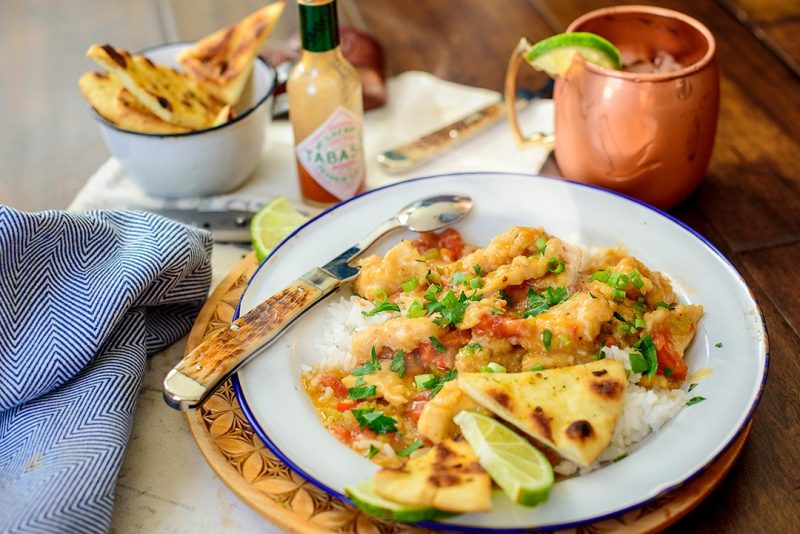
About the Author: Raised a Minnesota farm-girl in a hunting family, Krissie Mason (below) is an outdoorswoman, food enthusiast, and has been reconnecting with her culinary country roots and family hunting traditions of late. She is the brains and brawn behind Scratch + Holler media, and a regular contributor to several outdoor websites. Krissie fully supports a field-to-fork wild food chain, and especially enjoys expanding pantries and stretching wild game palates with her ambitious and delicious wild game recipes. Be sure to visit Krissie’s website to check out her blog and much more.
